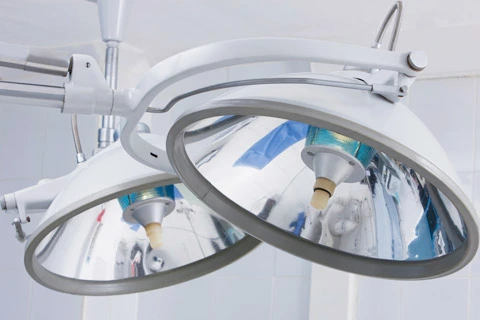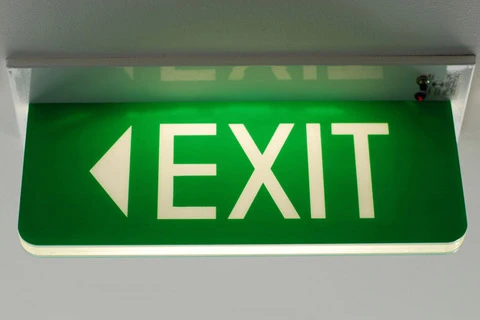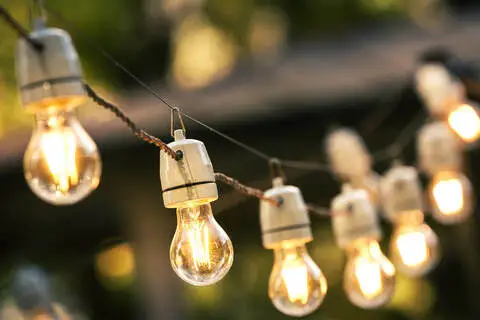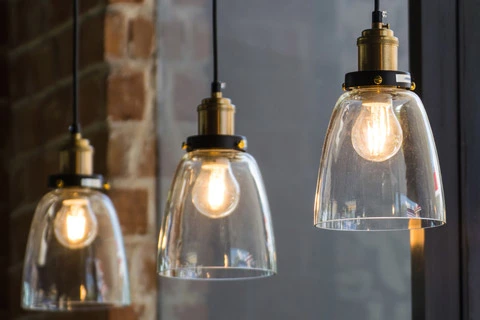Well balanced illumination is essential for the establishment of a safe and productive work environment; optimizing illumination in the industrial workplace requires a number of considerations including type of equipment, environmental considerations, financial needs, goals, and type of work, etc. Generally, factors that affect the effectiveness of illumination are quantity and quality of light, amount of flicker, amount of glare, contrast and shadows. Each factor must be adjusted differently to optimize illumination in emergency, safety, operations, and security situations. Industrial Lighting Standards serve to address these concerns, in addition to the plethora of other concerns associated with the design, placement, installation, and energy requirements of illumination in industrial workplaces.
Proper illumination is essential for the optimization of safety, comfort and productivity in the workplace; workplace lighting also dictates quality of perception, mood, and performance levels of employees. Guidelines for lighting fixtures are outlined for different industrial environments, as well as a variety of very specific settings including manufacturing plants, energy plants, and more. Safe practices with regards to availability of emergency lighting, specifically the operation and performance testing of evacuation lighting systems are also provided. Energy performance standards are also expounded upon, specifying calculations for minimum energy requirement and efficient allocation.
Find more information on Emergency Lighting standards and Energy Efficient Lighting standards from the American National Standards Institute.












